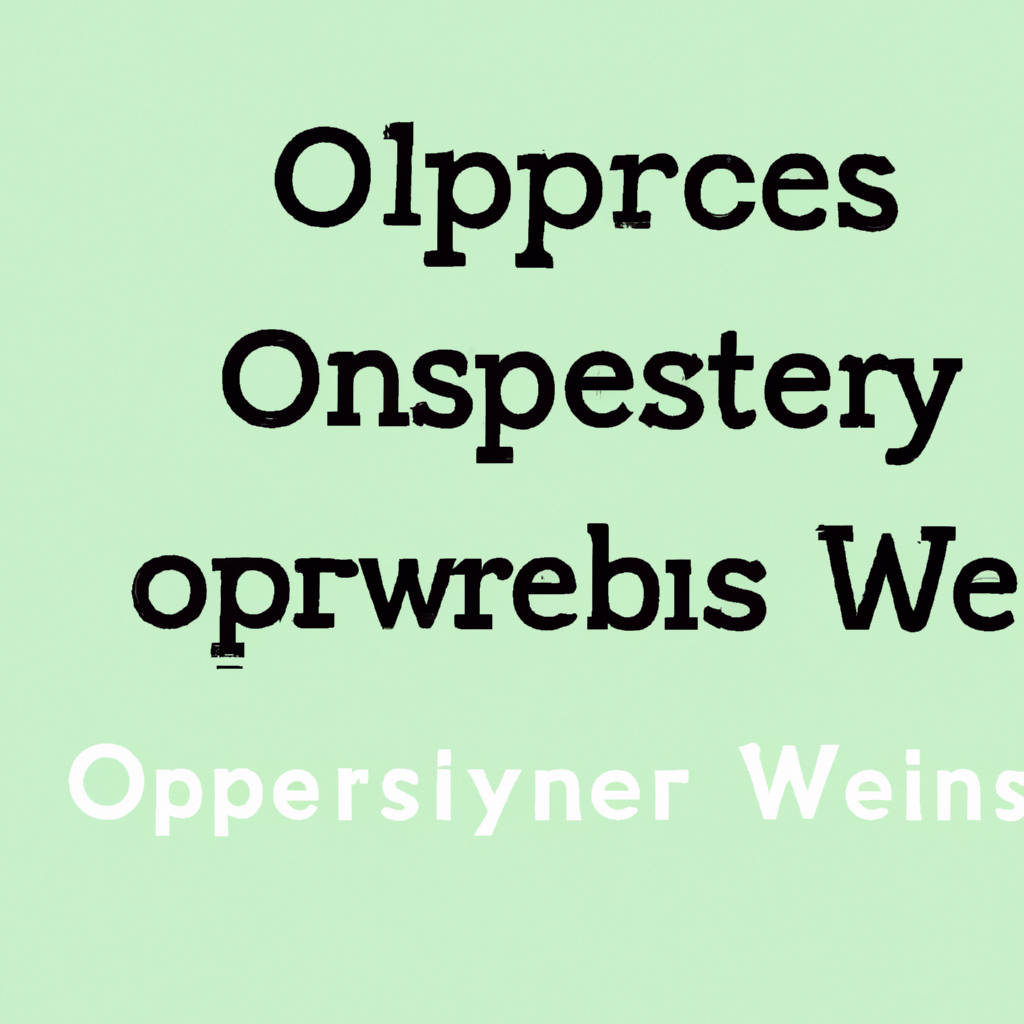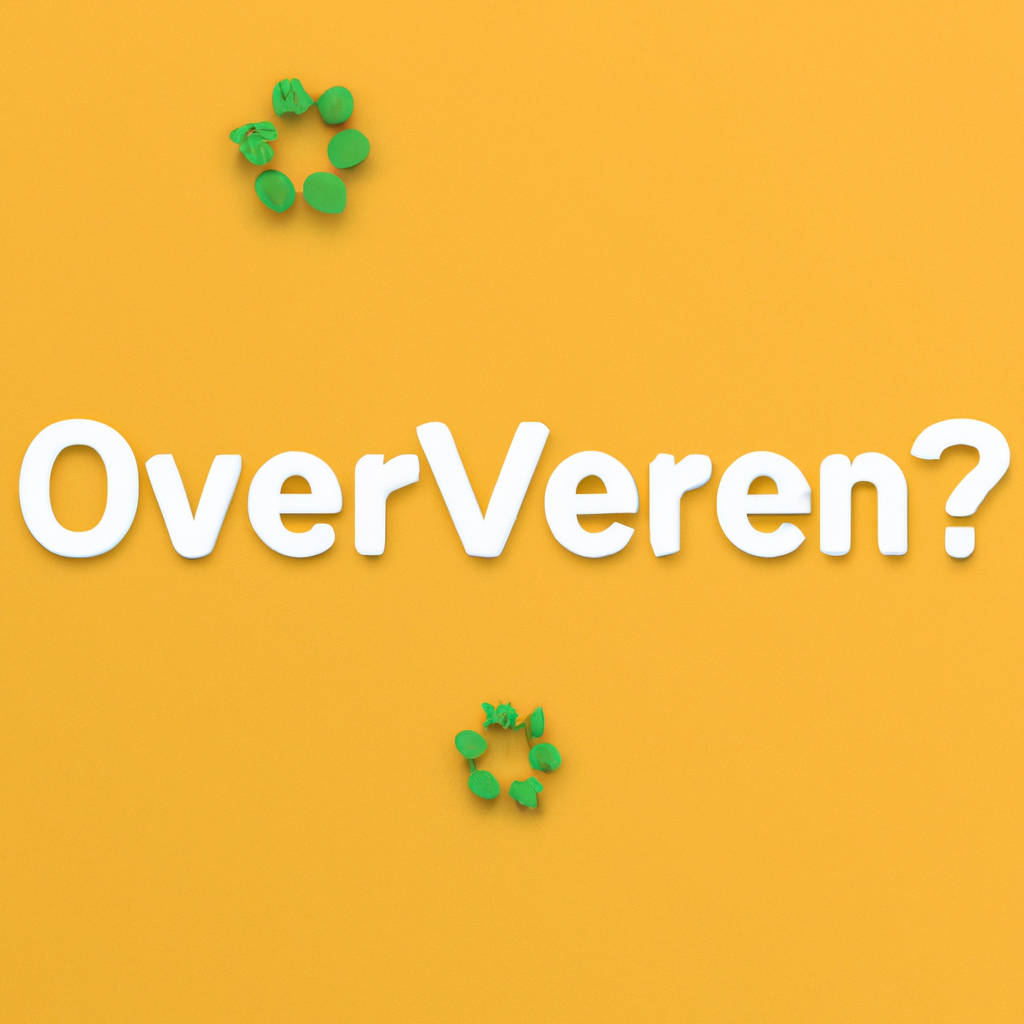Openverse is a vibrant and expansive digital universe that promises a wealth of possibilities for users worldwide. Fundamentally, Openverse is a search engine developed by WordPress. It aims to provide an extensive catalog of openly licensed media, including photos, audios, and videos, for users to access and use freely. This open-source platform is built on the principle of fostering creativity and knowledge sharing. Its vast database is compiled from various sources, offering a diverse range of content for different purposes such as website development, blogging, graphic designing, or simply for personal use.
Openverse operates under the Creative Commons licenses, which serve to protect the intellectual property rights of content creators while allowing their works to be freely shared and used. This model supports the free flow of information and creativity, and it is this philosophy that underpins Openverse. Users can search for media by applying various filters, including media type, source, creator, and license type. This makes it easy for users to find the exact type of content they need while respecting the rights of creators.
One of the key advantages of Openverse is its user-friendly interface. The search engine is designed to be easy to navigate, even for first-time users. Media are sorted into different categories, and each piece of content comes with detailed information about its source and license. This transparency ensures that users can utilize the content responsibly, acknowledging the original creator’s contribution while adapting the work for their purposes.

Openverse is not just a tool for finding free media; it also functions as a platform for creators to share their works with a wider audience. By uploading their content to Openverse, creators can reach a global user base, thereby increasing their visibility and influence. This can lead to new opportunities for collaboration and innovation, further enriching the Openverse community.
The potential of Openverse extends beyond its practical applications. At its core, Openverse is a testament to the power of open-source culture and the philosophy of free sharing. It challenges the traditional model of content ownership and distribution, suggesting a more collaborative and inclusive approach. As Openverse continues to expand, it invites us all to participate in this exciting journey of exploration and discovery in the digital universe.
As we delve deeper into the Openverse, we are exposed to a wide array of content, each with its unique story and perspective. This diversity is a reflection of our global community, showcasing the breadth and depth of human creativity. Openverse serves as a reminder of the limitless potential that lies in open collaboration and sharing. By connecting creators and users across the globe, Openverse is paving the way for a more open and inclusive digital future.
In summary, Openverse is a comprehensive platform that facilitates the free flow of openly licensed media. Its user-friendly interface, diverse content, and commitment to open-source principles make it a valuable tool for users and creators alike. As we navigate this digital universe, we are not just searching for media; we are also participating in a larger movement towards open collaboration and sharing. Each search, each download, each upload, is a step towards realizing the vision of a truly open and inclusive digital world.
How to Discover Open Images and Audio
Exploring the vast digital universe for open images and audio can be an exhilarating adventure, especially when you are aware of the correct methods and tools to employ. The key to this exploration is understanding what “open” means in this context. Open images and audio refer to those files that are free to use, share, and often modify without infringing on copyright issues. To discover these resources, you need to navigate specific platforms that host such materials.
Many websites and search engines are dedicated to providing open resources. For example, Google offers an advanced search option where you can filter your search by usage rights, enabling you to find images and audio that are labeled for reuse. Wikimedia Commons is another excellent platform, hosting millions of freely usable media files. Similarly, Flickr, a popular image-hosting website, provides a vast array of Creative Commons-licensed images available for public use.
Audio resources can also be found on various platforms. Sites like Freesound and Free Music Archive offer a wide range of sound clips and music tracks that can be used freely. Some podcast platforms and digital libraries also provide open audio resources.
However, it’s crucial to remember that “open” doesn’t always mean “without any restrictions”. Some files are free to use but may require you to credit the original creator (attribution), while others may be free for personal use but not for commercial purposes. Therefore, always read and understand the terms of use before using an open image or audio file.
In essence, discovering open images and audio requires a blend of the right tools, knowledge of where to look, and a good understanding of the terms associated with open resources. With these, you can easily navigate the digital landscape and find the perfect open image or audio file for your needs.
Ways You Can Contribute to Expanding the Openverse
Openverse, a vibrant platform that encourages the sharing and use of creative works, thrives on the contributions of its active users. There are manifold ways you can actively contribute to expanding this global treasure trove of creative resources. Firstly, you can share your own art, music, photos or any other form of creative work on the platform. The primary idea is to encourage a culture of sharing and collaboration, where every individual can contribute to the collective pool of resources.

Secondly, utilizing the resources available on Openverse for your own projects also contributes to its expansion. This not only increases the visibility of the platform, but also showcases the potential and diversity of its resources. Additionally, you can also contribute by providing valuable feedback and suggestions for the platform’s improvement. This includes identifying any bugs or glitches, suggesting features or tools that could be added, and proposing ways to make the platform more user-friendly.
Moreover, spreading the word about Openverse amongst your friends, family, and social network can also significantly contribute to its growth. The more people know about it, the more they can use it and contribute their own resources. It’s also beneficial to engage actively in the community, participating in discussions and debates, promoting a healthy exchange of ideas and fostering a sense of belonging amongst users. Engaging in such activities can encourage more people to join and contribute to the platform.
Lastly, for those with technical skills, contributing to the codebase of Openverse can prove to be immensely helpful. This can include anything from fixing bugs to developing new features, thus enhancing the overall functionality and user experience of the platform. It’s important to remember that every contribution, no matter how big or small, plays a crucial role in expanding the reach and impact of Openverse.
Benefits of Using Openverse Resources
Openverse offers a multitude of benefits to users, primarily through its dedication to providing a vast array of creative content that can be freely used, modified, and shared. Its main advantage lies in its commitment to cultivate a culture of open sharing and collaboration. This platform aids in reducing barriers to accessing quality resources, thereby fostering creativity, innovation, and learning.
One of the many benefits of using Openverse resources is its flexibility. The platform allows users to adapt and modify content to suit their specific needs, stimulating creativity and pushing the boundaries of conventional design and innovation. This advantage provides an enriching experience for content creators, educators, and learners alike.
Another significant benefit is the cost-efficiency it provides. Since the resources on Openverse are available at no charge, it significantly reduces the financial burden on individuals and organizations that require high-quality creative content. This helps small businesses, startups, educators, students, and even hobbyists to access professional-grade resources without straining their budgets.

Moreover, Openverse resources promote transparency and respect for creators’ rights. Each resource is accompanied by clear attribution information, ensuring that the original creators are acknowledged for their work. This fosters a sense of respect and fairness within the creative community, encouraging more individuals to contribute to the pool of openly licensed resources.
Lastly, Openverse resources stimulate a collaborative and inclusive learning environment. They allow educators and learners to share and build upon each other’s work, encouraging knowledge exchange and collaborative learning. This, in turn, enriches the educational experience and fosters a culture of shared knowledge and mutual growth.
In conclusion, Openverse resources offer a multitude of benefits, from promoting creativity and innovation, reducing costs, ensuring transparency and respect for creators’ rights, to fostering a collaborative learning environment. This makes Openverse an invaluable tool for individuals and organizations across various sectors.
Frequently Asked Questions About Openverse
Openverse, previously known as Creative Commons Search, is a platform that allows users to find and use millions of openly licensed works such as images, texts, sounds, and more. Many people have inquiries about the platform, often revolving around the platform’s functionality, the type of content it hosts, and the usage rights associated with the content. One common question is about the functioning of Openverse. Essentially, it is a search engine that indexes and catalogs openly licensed works from various sources, allowing users to search and access these works. Another frequent inquiry pertains to the type of content available on Openverse.
It hosts a vast array of content, including photographs, audio files, 3D models, and more, all of which are openly licensed. In terms of usage rights, Openverse content comes with varying licenses. It’s essential for users to understand the specifics of these licenses, which are provided with each search result, and abide by them while using the content. A question also often asked is whether or not Openverse content can be used for commercial purposes. The answer largely depends on the specific license of the content. Some content is free to use for any purpose, including commercial, while others may have certain restrictions. Users need to check the license information for every piece of content they intend to use. Lastly, inquiries about contributing to Openverse are common. Anyone can contribute to Openverse by openly licensing their works and making them accessible on platforms that Openverse indexes.

